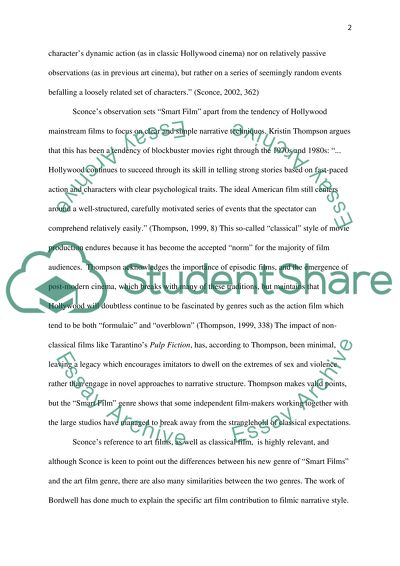Cite this document
(“'Smart Film'. Case study on Fight Club and Donnie Darko Essay”, n.d.)
Retrieved de https://studentshare.org/visual-arts-film-studies/1390881-smart-film-case-study-on-fight-club-and-donnie-darko
Retrieved de https://studentshare.org/visual-arts-film-studies/1390881-smart-film-case-study-on-fight-club-and-donnie-darko
('Smart Film'. Case Study on Fight Club and Donnie Darko Essay)
https://studentshare.org/visual-arts-film-studies/1390881-smart-film-case-study-on-fight-club-and-donnie-darko.
https://studentshare.org/visual-arts-film-studies/1390881-smart-film-case-study-on-fight-club-and-donnie-darko.
“'Smart Film'. Case Study on Fight Club and Donnie Darko Essay”, n.d. https://studentshare.org/visual-arts-film-studies/1390881-smart-film-case-study-on-fight-club-and-donnie-darko.


